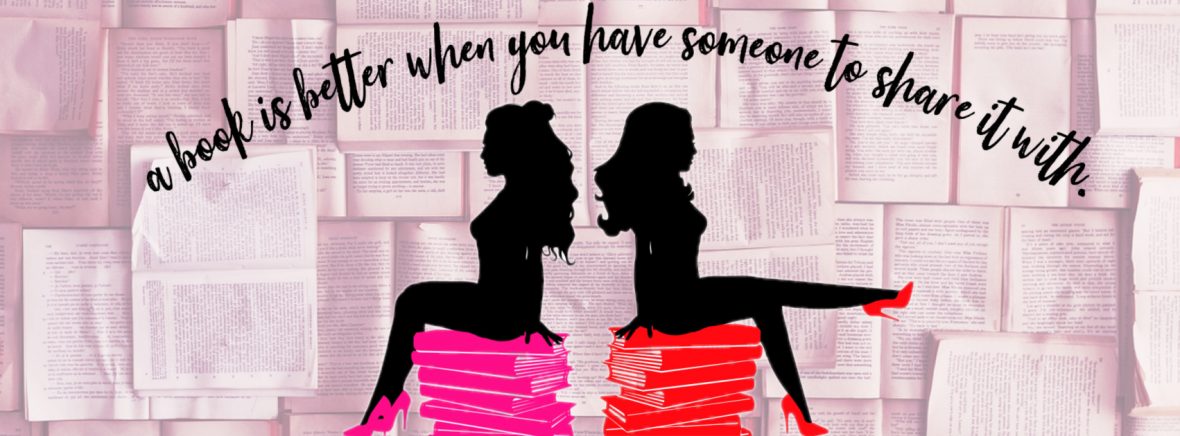As we wait for season three of Outlander‘s TV show with bated breath, there’s never a better time to talk about book three in the series, Voyager. So, in this post, I’ll be discussing what real life events, people, places, and laws were brought into book three that we hope are mirrored in season three! And since I use any chance to use my history degree, this will contain some historically accurate spoilers. So if you hate spoilers, or want to read Voyager before the show airs, read no further! This is a spoiler filled post that takes no prisoners.

Dun Bonnet Cave
I’ve talked a bit about the use of this real life story before here, but let’s revisit it, as it will probably get some major screen time in season three.
So, there was a real life Scot named James Fraser, the 9th of Foyers, who joined Simon, Lord Lovat, on the battlefield of Culloden in support of Bonnie Prince Charles. Well, as we all know, those who fought for Charles were basically killed, imprisoned, shipped off to the colonies, or lost their lands. Well, James Fraser was having none of that, so he found a cave near the waterfall of Foyers, where he hid for seven years.
Luckily, his people were rather fond of him, and kept his whereabouts secret from the redcoats, calling him “Bonaid Odhair”, which means, “Dun Coloured Bonnet”. And the similarities to the Diana Gabaldon tale don’t end there! A young boy, who often brought supplies to James Fraser in the cave has his hand cut off when he was caught by the redcoats. Sorry, Fergus!
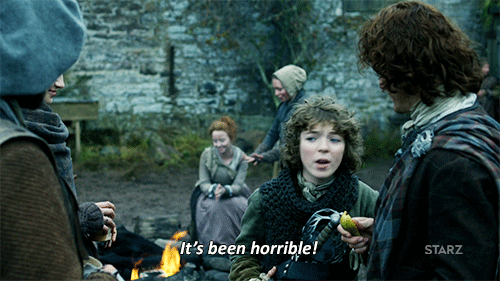
Scotland and Slavery

This is something that many people don’t know much about, but it means that many Americans who have some Scot in their family history could have ended up in the States after their ancestors were sent there in chains. Although many families did flee willingly once strict laws were enacted and famine and poverty hit Scotland. By the way, the use of the word “slavery” is still under historical debate. This is because the Scottish people deported by the British often had an end date to their sentence, unlike the African slaves who often lived their entire lives in cruel captivity.
Anyway, the British government wasn’t too pleased with the Scottish after the Jacobite Rebellions of 1715 and 1745. But what to do with all the able bodied men who might rise up again if given the chance? Easy, ship them to the colonies to work the farms! They can make money for the crown and be far away from their comrades in arms.
It’s said that 1,500 to 2,000 highland “convicts” were sent to the North American colonies or the Caribbean colonies every year after the 1715 rebellion. Mostly, they were given terms of three to seven years of hard labor on plantations, or other labor heavy jobs, to “work off their debt”, if they weren’t forced into servitude indefinitely. Some didn’t even gain their freedom until they fought for England in the American Revolution!
However, there were Scots who actively participated in the Slave trade who weren’t servants, but plantation overseers and paid workers. This is seen in Voyager as Kenneth MacIver, who was Jared’s overseer at his Jamaican plantation. While this is a dark part of Scottish history, it is part of history nonetheless. Some wealthy Scots, such as Colonel John Campbell from Inveraray, who owned one of the larger sugar plantations in Jamaica. Today, the Campbell name is widespread in Jamaica, although those Campbells may never know if they descended from owners, servants, or anything in between. There are also dozens of places within Jamaica that share the same names as places in Scotland, such as Culloden, Argyle, and St. Andrews.

Dress Act of 1746
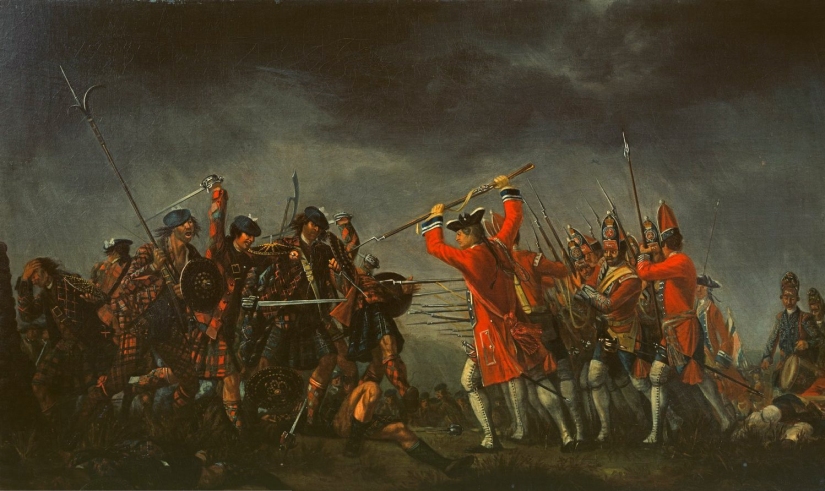
On August 1, 1746 the wearing of “Highland Dress” was made illegal by the British crown. This included tartans, kilts, and shoulder belts. It was a way for the British to try and cut the ties that connected the members of the clans and seemed effective in breaking down some of the allegiances. What made it so effective was the harsh punishments that would be enacted if someone broke this law. For the first offense, the person would be imprisoned for six months and if they were caught again, they would be sent to the colonies and engage in hard labor for seven years.
The only Scots who could still wear the tartans were members of the British military, more notably in the Black Watch. The Black Watch was an infantry battalion that was originally made up of members from Clan Grant, Clan Campbell, Clan Fraser of Lovat, and Clan Munro. They were first tasked with keeping the highlands at bay by collecting weapons and policing for any signs of uprisings.
Use of the Dress Act can be seen in Voyager, when Jamie claimed a piece of green checked Mackenzie tartan that was found in the prison in order to save the skin of young Angus Mackenzie. For the offense of having this strip of plaid, he was sentenced to thirty lashes. This also means that we won’t be seeing many kilts or plaid this season.

Selkies

So this is something that’s talked about a bit in book three and stuck out to me, as I’m a huge fan of this particular mythical creature. The Scottish refer to them as “maighdeann-mhara”, or “maidens of the sea”.
There are many legends that surround the selkies. They are said to live in the sea as seals, but sometimes come upon shore, shedding their seal skins and becoming beautiful women, or even men. If someone hides a selkie’s seal skin, they can take the selkie as a husband of wife, and they apparently make wonderful spouses. But, as in many Scottish tales, there is often an unhappy ending. A selkie never feels completely at ease on land, and if they ever find their hidden seal skin, they will return to the sea, never seeing their human husband or wife again.
We hear a lot about seals and a bit about selkies, called “silkies” in Voyager when it comes to the hidden gold on the seal’s island…and even Jamie’s own mother. Jamie tells Claire that people used to say that his mother Ellen had run away from Castle Leoch to join the silkies, because his father, Brian, resembled one who had shed his seal skin to walk on land.

Real Jacobite Gold

As we all know, the Jacobite treasure in Voyager was given by the French and hidden away. But there is some real Jacobite gold that some say is still hidden in Loch Arkaig in Scotland.
Two ships called Mars and Bellona came to Scotland with 1,200,000 livres of French and Spanish money. But the ships heard about the Jacobite defeat at Culloden and ditched the seven cases of money at a port in Loch nan Uamh. One case was stolen by the MacDonalds and the seven others were secretly taken to Loch Arkaig by Murray of Boughton, who started giving money to the Scottish clan chiefs. But when Murray was captured by the British, the money was taken over by the chief of Clan Cameron and then by the head of Clan Macphearson. Macphearson spent much of his time hiding in a cave at Ben Adler…eight years of time, in fact.
Anyway, Charlie hightailed it out of Scotland and into France, leaving his money behind. But a failed king is no good to anyone and old Charlie was beginning to pine for his gold. But it, apparently, was never seen again. It’s assumed that Macphearson kept it all, but no one knows. It could still be hidden somewhere in Loch Arkaig.

Pirates
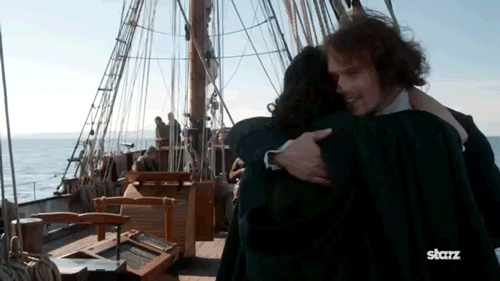
When I started reading the series, I never thought that I would see a pirate ship in the distance. But as we’ve read, Young Ian is kidnapped off the coast of Scotland by a bunch of pirates aboard the Bruja, which is Spanish for “witch”. Long story short, the Bruja makes it to port in Barbados, and hands Ian, along with the Jacobite gold he was in the process of taking when he was captured, to Mrs. Abernathy. The ship is later destroyed, but the damage is done and they’ve brought the Frasers, inadvertently, to the Americas.
Piracy was slowing down in the 1760s, but was still an active thing in the Caribbean region. One notable Bermudian pirate was Samuel Hall Lord, who straight up plundered any and all ships that he crossed paths with, even swiping riches from stranded sailors. Hall was also a really smart guy. Outside his mansion, on the beach, he would hang lanterns so that unsuspecting ships would think it was the port and sail right into his clutches, wrecking themselves on the reefs. BTW, this pirate built himself a castle. Talk about flair.

Printing in Scotland

One of the most anticipated scenes in season three is the print shop scene. You know, where Claire finally finds Jamie again after 20…well, 200? 220? years have gone by and they’re finally reunited…it’s probably the part I’m looking forward to the most, but let’s take a peek at printing history in Scotland and get a feel for what Jamie was up to in Edinburgh.
In1507, Walter Chepman and Andrew Myllar were given the first royal license for printing in Scotland by James IV in Edinburgh. The first book ever printed via press was The first printed book from this press was The Complaint of the Black Knight by John Lydgate. While this seemed to be a success for them, printing wasn’t an instant hit in Scotland, with new presses being stationed in St. Andrews in 1552, another for a hot minute in Stirling in 1571, and another still in Aberdeen in 1622. After that, they became more widely spread.
The fist Scottish printers would have been trained in France, but as the practice grew, the Scots would have been left to their own devices. And by the 1760s, it didn’t get much easier, as the letters still needed to be set and inked by hand. To get an idea, here’s what Jamie’s printing press might look like…

Prostitution in Scotland
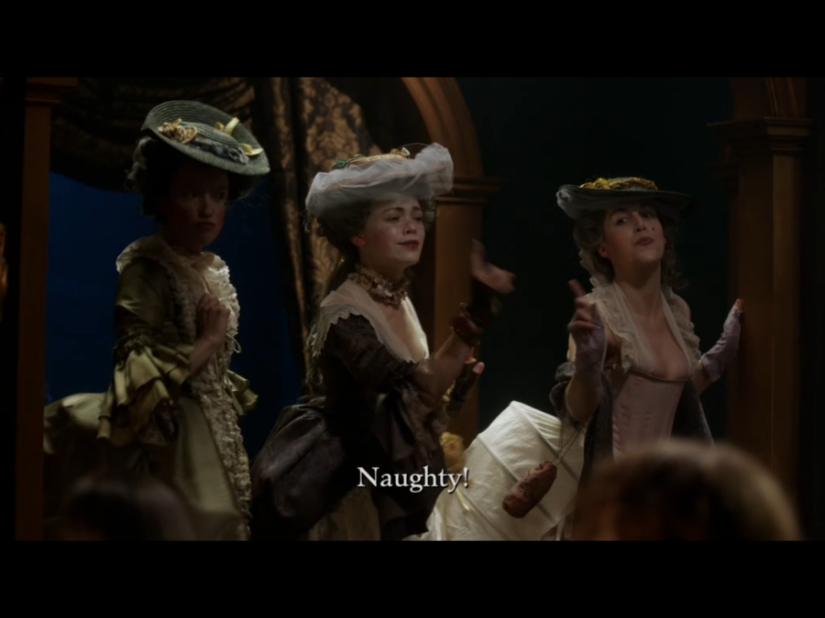
The brothel where Jamie does business, and often keeps a bed, is probably going to be a prime filming location in season three. But what would life have really been like behind the doors of Madame Jeanne’s establishment, you ask? Well, dear reader, let’s chat about the ladies of the night…
The the early and mid 1700’s was basically Scotland’s sexual revolution where prostitution was widespread and some of the best business and deals were made in the lounges and libraries of brothels. They weren’t as flashy as the French brothel we saw in season two, but the girls were kept clean, in good dresses, and as disease free as one can be in the 1700s. These establishments could be hidden down in alleyways or set right in the open in grand houses, while the local police turned a blind eye. I mean, it was such a favorite pastime of the wealthy Scottish that in 1775 James Tyler, a surgeon and editor at Encyclopaedia Britannica published Ranger’s Impartial List of the Ladies of Pleasure, which was basically a directory of all the brothels and their workers in Edinburgh.
Unfortunately, Scotland began to crack down on prostitution in the 1790s, with the girls being arrested on a regular basis and imprisoned. So, I hope Madame Jeane would have had a lot of money saved up for when the government started knocking on her door.
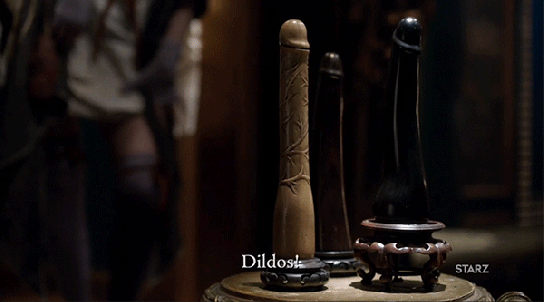
Rose Hall and the White Witch

This is a particular bit that I was eager to get to. I hope, very dearly, that they shoot on location for this one because the Rose Hall mansion is gorgeous! Anyway, we all know Rose Hall as being the home of Mrs. Abernathy AKA Geillis Duncan. Well, this manor home is a very real place, as is the ghost that haunts it.
Rose Hall is a Georgian Mansion in Jamaica, was built in the 1770s, and was owned by a John Palmer. It was a large estate that usually held about 250 slaves and dealt mostly in sugar. It stayed in the Palmer family for a bit, then went vacant and into disrepair, finally being revived in the 1960s.
As for the legend of the White Witch (which has unfortunately been revealed as nothing more than a story) it centered around Annie Palmer, John Palmer’s wife. Annie was basically raised by nannies who taught her voodoo and carried on her love of the dark arts into her marriages. Three husbands are said to have died at her hands, along with many innocent slaves. Remind you of anyone?

And Bonnie Prince Charlie

We can’t forget to talk about old charlie and what he did after Culloden…
Soooo during the Battle of Culloden, near the end, things weren’t going great. Basically, Charlie was ignoring the advice of commander Lord George Murray and just ordering whatever he wanted, which wasn’t going well. So Murray was basically like, “screw this, he doesn’t listen to a thing I say,” and drew his men back to attack from a different position. And Charlie, who again didn’t listen, finally noticed Murray was gone, he was like, “oh, Murray left? Well…I guess I’ll head out now,” and left the rest of the Jacobites on the field.
Even though the war was lost, the men never betrayed him to the British and helped him hide in the moors until he could escape the country. He finally did so when Flora MacDonald dressed him up as her maid, Betty Burke, and took him to the Isle of Skye, where a French Ship took him to the France. This is where the Sky Boat Song comes into play, although they leave out the dress and wig.

Losing Scotland drove him to drink and conduct affairs. He was known for being an abusive drunk to the women closest to him, causing all of them to leave, even his own wife.

That’s all for this Saturday! Remember to check back every week for some new Outlander goodness and click HERE to read all out past Droughtlander posts. And read the second part of History Behind Voyager HERE!
♥♥♥
And if you’ve been following out journeys into publishing, you know that we’re really excited about our first ever published books! They’re currently available on Amazon, so take a look and see if you think our romance novels belong on your Kindle!
You can see more about my Scottish historical romance novel, Queen of Emeralds, and get it on Kindle, Kindle Unlimited, and in paperback HERE! And when you’re done Queen of Emeralds, The Amethyst Bride is next on the line, a steamy romantic drama with kilts, Gaelic, and tears that you can preorder HERE! Or if you’re into contemporaries, I have The Non-Disclosure Agreement, which you can get HERE!
You can also see Sarah’s first college contemporary romance novel, First Semester, and get it on Kindle, Kindle Unlimited, and paperback now HERE!

